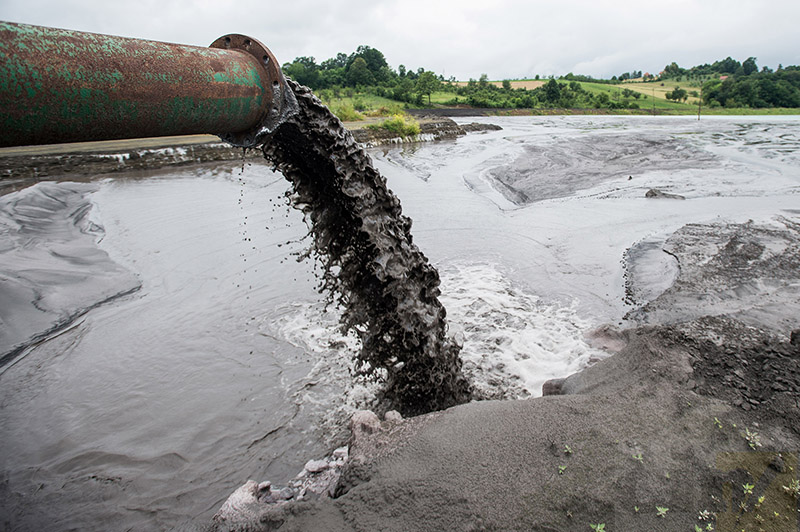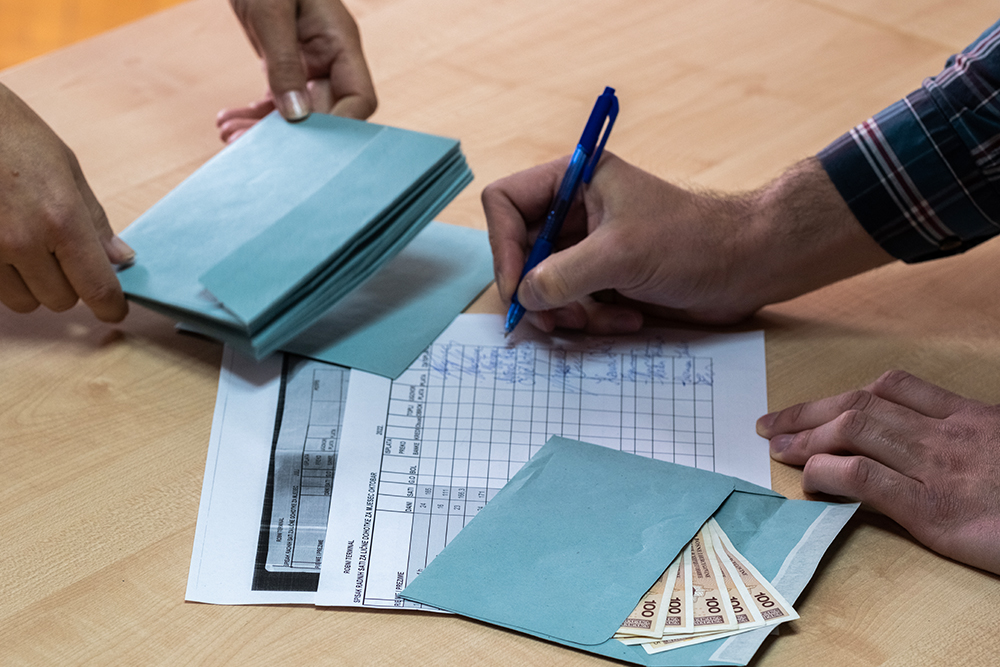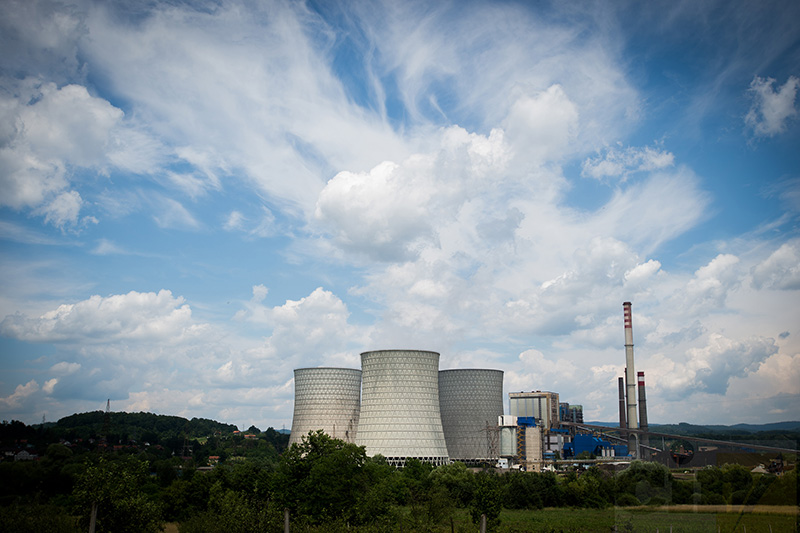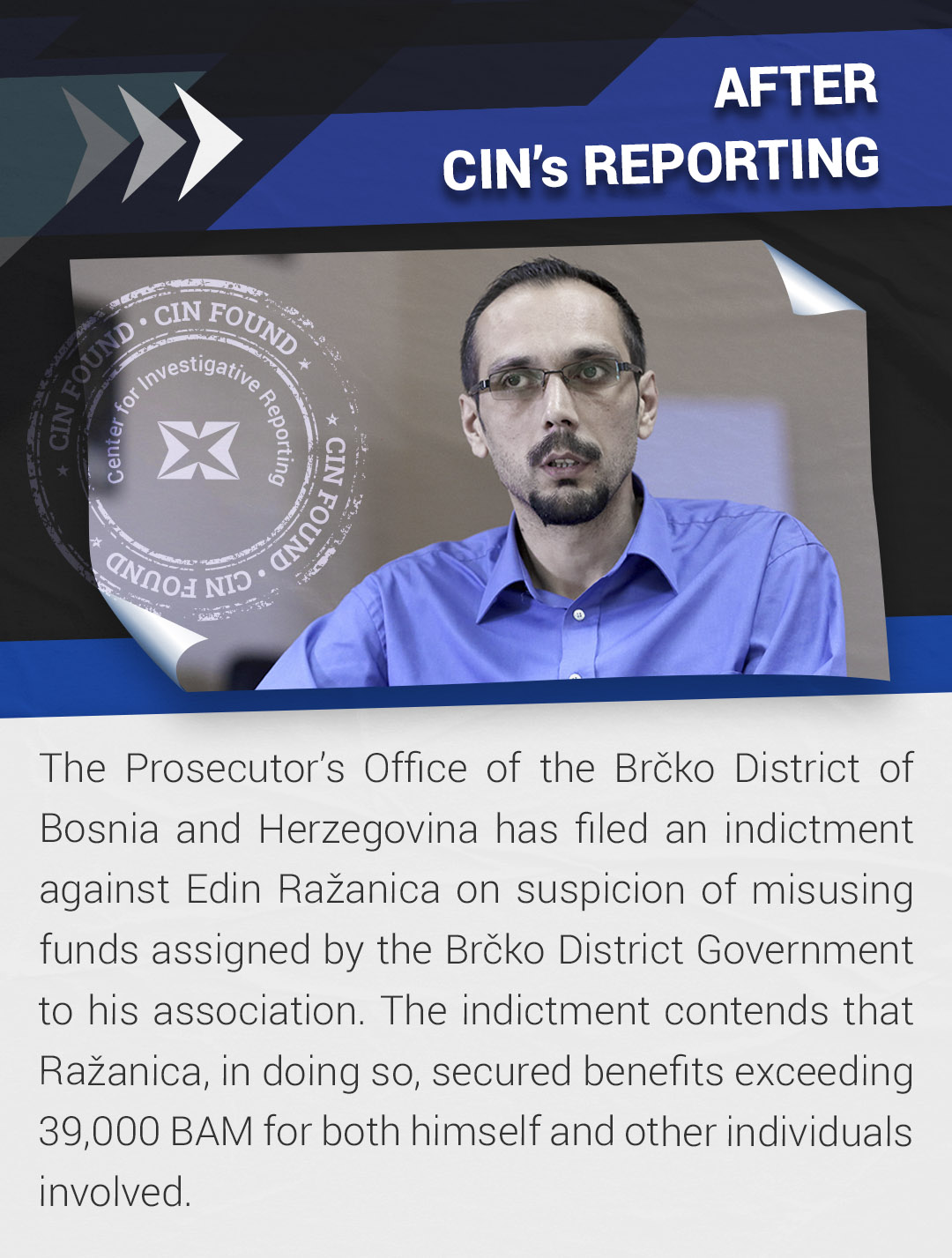In a now closed tailings dam, villagers from Divkovici grow their potatoes, corn and onion, unaware of the harm ash and toxic metals in the dirt can do.
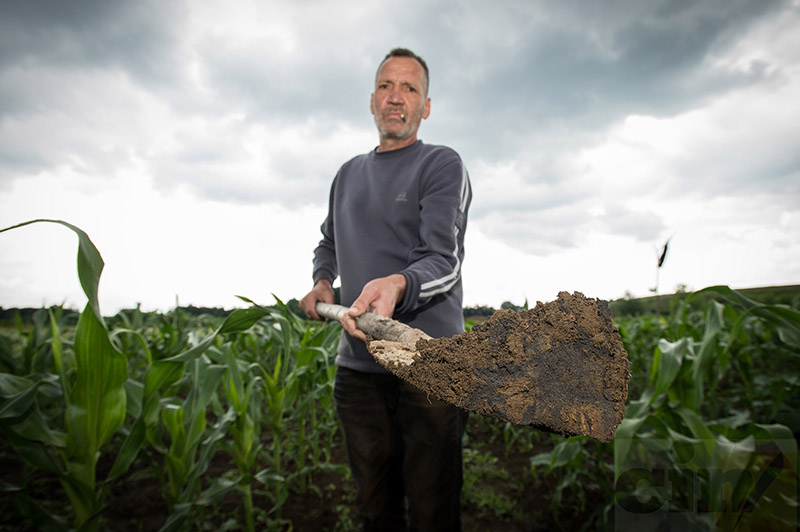
The Tuzla Power Plant deposited toxic residue left from the production of electrical energy in five areas, one of them Divkovići where more than 30 million cubic meters of waste has been dumped so far on 250 hectares. That is the space of some 330 soccer fields.
Experts have found high levels of nickel, chromium, arsenic and other toxins in air and soil around the five dump sites.
The Center for Investigative Reporting in Sarajevo (CIN) found that the Tuzla power plant fails to comply with requirements of its environmental license and is endangering people by the way it moves and discards waste.
Over the past two years 17 people have died of cancer in Divkovići, a settlement of 117 residents.
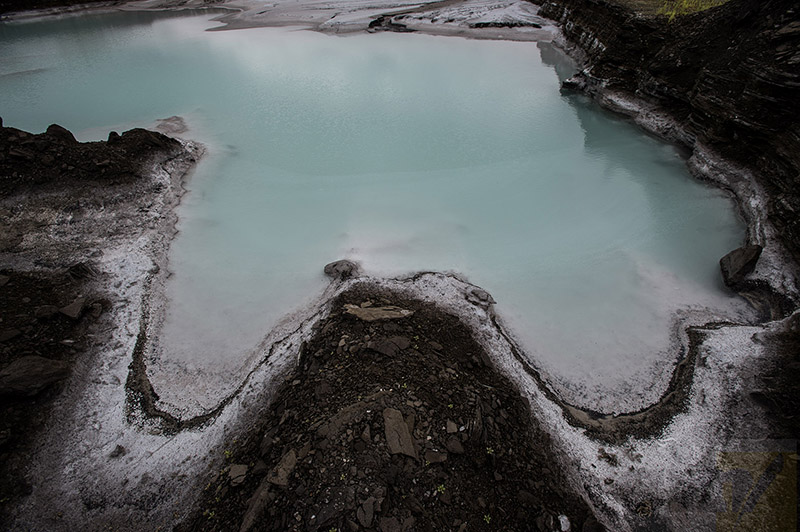
An Issue For 20 years
The Tuzla power plant was built half a century ago. It uses around 3.3 million tons of coal a year. In separating coal from waste the combustion leaves 1 million cubic meters of useless residue that must be gotten rid of.
This residue is mixed with water in specialized facilities and transported through pipes to a site which is like a pit filled with mud and liquid. In the summer, some liquid evaporates leaving ash that gets blown away by the wind.
The liquid that does not evaporate, full of toxic metals, is released into the Jala River that flows into the Spreča River. The locals use the water from both rivers to water their crops.
According to the records CIN obtained, the power plant was supposed to build a waste water recycling system and set up continuous monitoring of waste water quality. This was also one of the conditions listed by the Federation BiH (FBiH) Ministry of Environment and Tourism when it awarded the plant a license in 2011. It is akin to a work permit which is issued to qualifying environment-polluting facilities.
A blueprint has been finished, but work on the clean-up facilities never began.

The transport and depositing of waste, as well as the overhaul of the older tailings, is not done in accordance with the guidelines set out by the environmental license that would make it safe to humans.
Besides two sites in Divkovići, the plant deposits residue in and around Plana, Drežnik, and Jezero. The sites are all old farming land and the plant compensated owners for the property.
So far, more than 30 million cubic meters of tailings have been deposited on the area of 250 hectares. Four of the sites are full now, and only Divkovići II, a 68 hectare area, is in use. By the end of the next year it will be at full capacity too.
At the four closed dumps, a thin layer of soil has been spread over just 70 hectares. This violates environmental rules that a thick layer of soil must be put in place, including crops that would return quality to the soil.
The power plant was supposed to initiate a cultivation and renovation project nearly 20 years ago so that the land covered with tailings could be revitalized. The blueprints for the project were only done at the end of last year, and the locals have not been informed about it.
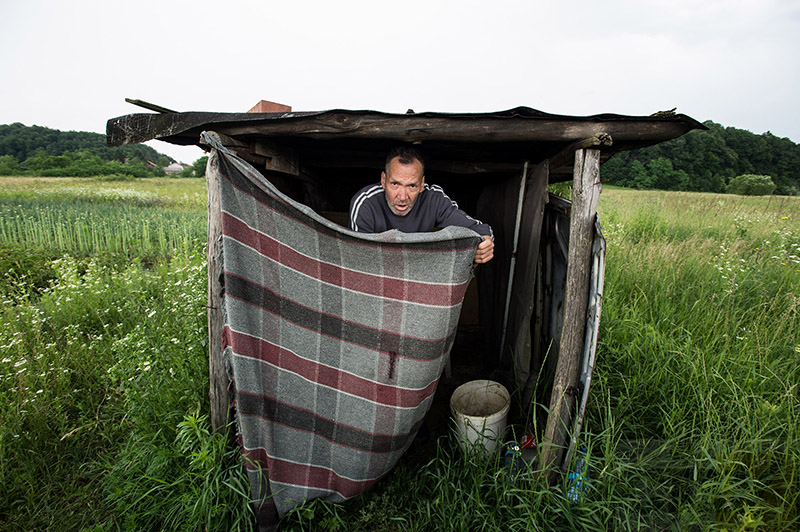
Potatoes Grown on Tailings
The road leading to Divkovići comes to a stop at a checkpoint barrier with a warning sign – Forbidden Access to Tailings. Here’s where the waste has been deposited for the past 30 years. One dump was closed 20 years ago. The other one remains in use.
Since authorities are not analyzing the tailings and do not provide information about potential dangers, poor Divkovići villagers are working the land of former tailings.
One of them is Matija Marković who feeds his wife, daughter and himself on vegetables grown on the tailings. He digs a shovelful of soil mixed with waste: “Here, this is tailings. There’s no more than five centimeters of dirt,” he says.
He’s been working the land here for 20 years. Such long-term ploughing has brought layers of tailings on the surface mixing it with the soil and increasing the risk of toxins entering the food chain.
In summer, the wind blows dried soil so much that small sandstorms whip up sometimes. Marković built a wooden shed on the plot of land he works.
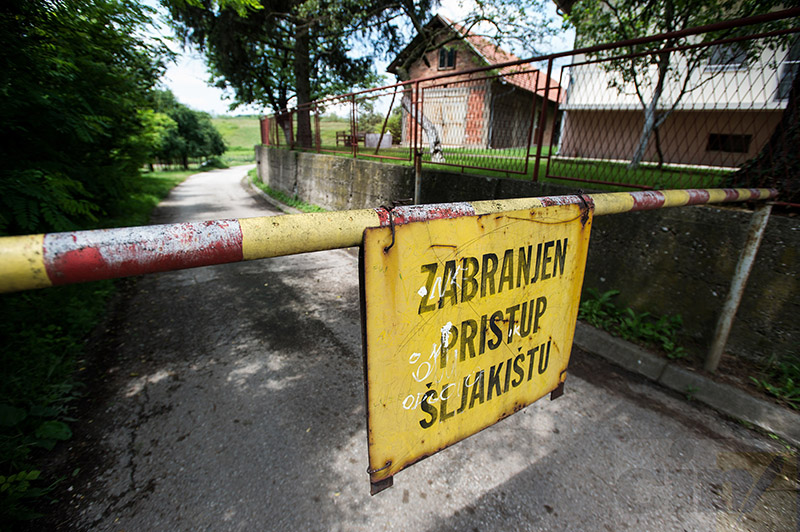
“It protects me from dust,” said Marković.
In January 2013, his 27-year-old daughter was operated on for cancer. He’s convinced the food he grew and she ate caused it.
“I have struggled to feed my family, but, in fact, I have been killing them slowly,” he says, his head bowed.
His 54-year-old neighbor Sonja Banović learned she had cancer in September 2013. “The doctor asked me where I lived. When I said ‘in Divkovići’, he sent me straight away for a CT scan which showed that I was sick with cancer,” says Banović.
Air in her home is stale, especially on the floor where the dust enters through the roof. “I did not become sick because of clean air, but because the air is polluted from the tailings,” Banović says crying.
Divkovići residents told CIN that they felt like prisoners in their own houses. “When the storm from the tailings attacks, it’s like a nightfall,” said Mila Divković. “Then you have to close yourself in the house, while everything is made dirty and polluted with the dust – in the garden, in front of the house. And the dust enters our homes too.”
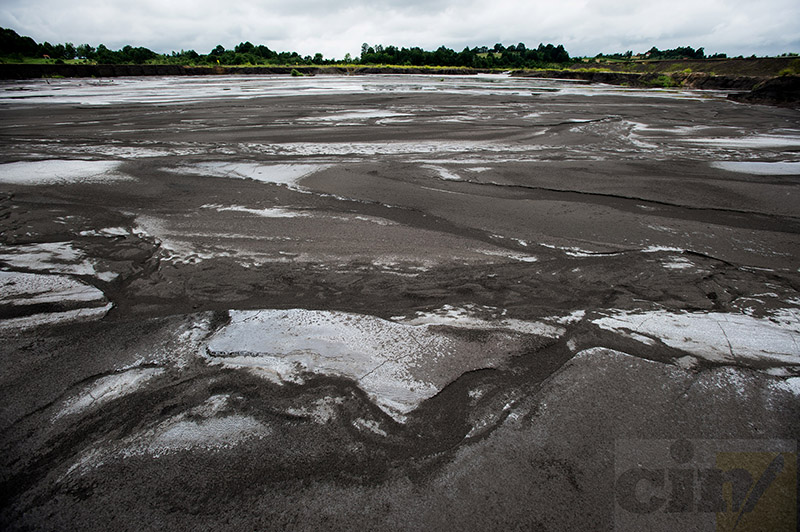
Goran Stojak, president of Bukinje settlement to which Divkovići belongs, said that the locals are increasingly moving out because of pollution. From 513 residents in the past, only 117 persons have remained.
Nurka Pranjić, a labor medicine specialist at the Tuzla Clinic and a professor at the Tuzla School of Medicine, said that people who live near the source of pollution are in the greatest danger.
“Here, I’m between 10 and 12 kilometers from the power plant and the tailings. I’m in lesser danger than people who live next to the power plant and the tailings, like the residents of Divkovići. This is a formula of being exposed to a toxic substance – the closer we are, the more risk we take,” says Pranjić.
Dr. Aida Vilić-Švraka from the FBiH Public Health Institute said that the accumulation of heavy metals in the body through water, food and air leads to chronic poisoning. “Chronic poisoning in this sense is very dangerous for human health because one is exposed to smaller amounts of heavy metals over a long time period. The symptoms are harder to spot, and, in fact, the symptoms are often diagnosed only after the harming of an organ has occurred,” says Vilić-Švraka.
According to Tuzla Canton Public Health Institute, 378 Tuzla residents have gotten lung cancer over the past three years. According to records of the St. Peter and Paul’s Church in Tuzla that CIN reporters reviewed, at least 17 people died of cancer in Divkovići over the past two years.
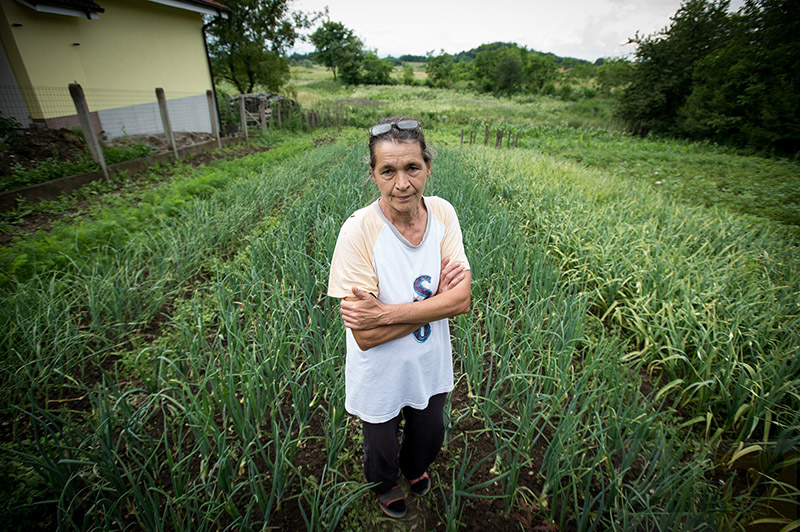
Power Plant Blames Locals
Goran Mišić from the Cantonal Ministry for Spatial Planning and Environmental Protection, holds the FBiH Ministry of Environment and Tourism responsible.
“We have several tailings which are closed and where Tuzla Power Plant was supposed to cultivate again, but has done a half-baked job,” says Mišić. He said that the power plant failed to meet the conditions set by the environmental license issued by the FBiH ministry.
At the FBiH Ministry of Environment and Tourism, CIN reporters heard that the power plant is a company of strategic importance for the state. Hence, instead of meeting high environmental standards, the power plant gets the opportunity of, a so-called flexible adjustment over a longer period. “We can pass such a decision – you don’t meet the standards and off we close you! But what do we get with it? Those would be hard decisions to make, you know,” said Mehmed Cero, an official at the ministry’s environmental department.
His colleague Mladen Rudež, advisor for environmental licenses, says that “These things cannot be resolved overnight.”
As the ministry does not explicitly requires the power plant to continuously check the situation at the tailings, potential dangers cannot be spotted in time.
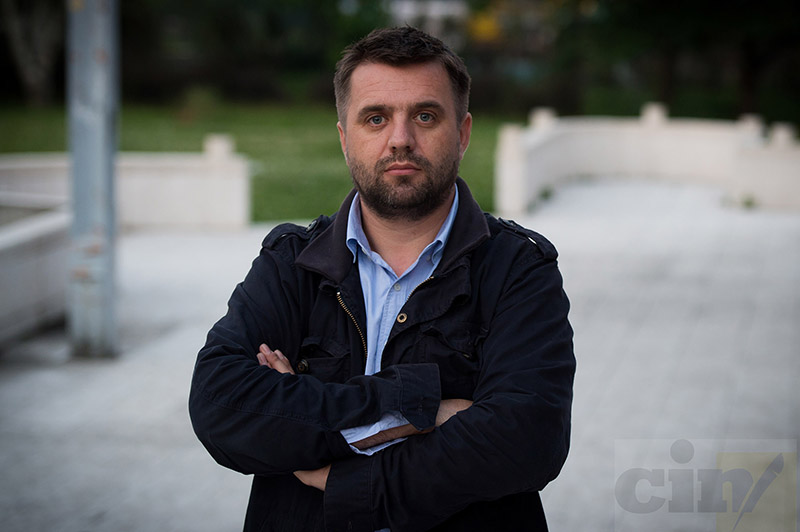
Prof. Dr. Hamid Čustović from the Sarajevo School of Agriculture says that the power plant’s management is shrewdly avoiding the job of analyzing and monitoring pollution because it is aware of the headache involved.
“To cover themselves in their reports, they do some ad hoc research instead of a thorough analysis. They go through the motions of publishing reports, and in this way avoid addressing the issues,” said Čustović.
During 2011, Dr. Abdel Đozić did research in Divkovići for his Ph.D. dissertation. He found the dump to be a serious source of pollution.
“The results have shown that the environment surrounding Divkovići and Plane settlements is polluted and that Divkovići deposit is the major source of pollution,” Dr. Đozić told CIN. With this investigation he had confirmed the 2005 findings of an Austrian expert team.
Their results showed that soil, air and water were much polluted and that the land was not suitable for cultivation because any crops might be dangerous to the health of humans and animals.
Toxic elements in water which transports tailings are above set limits. The report reads that spilling of such water is in violation with the state laws and international standards.
According to Tuzla power plant’s director Izet Džananović, the residents themselves are responsible for their troubles because they do not observe warning signs. “We have big trouble stopping people from cultivating plots at the landfill. First and foremost, they should not be entering there because there’s a warning,” he said.
Divkovići resident Marković said that Tuzla power plant should make the land suitable for cultivation instead of putting up signs. “In this way, they’ve given us just one choice: either to die from the pollution or from the hunger. It seems that there’s not third (solution),” said Marković.

